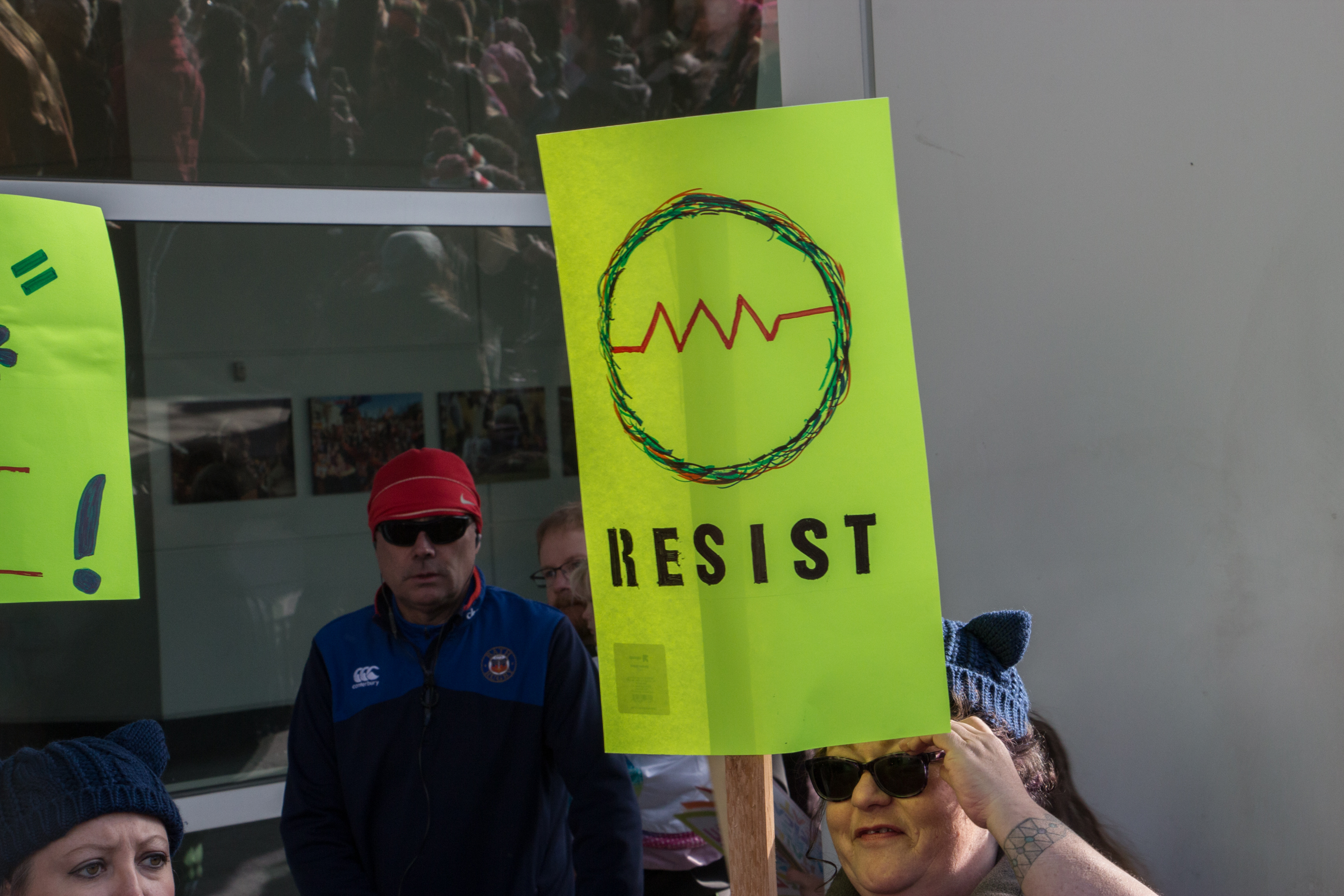Decoupling Caps, Signal Integrity, and Power— Oh My!
As part of my research for this article (and many more to come), I have been watching a lot of YouTube videos on decoupling capacitors. I think this has caused some psychological disorders in me. I now take a certain amount of pleasure from seeing just how wrong people get it— and people get decoupling capacitors very wrong. Even established people like EEVBlog, Blake Jacqout, Julian Ilett get it wrong. To make matters worse, the greats in the industry, Howard Johnson, Henry Ott, Lee Ritchey, Eric Bogatin, and others cannot agree on best practices.
My goal for this article is to explain why you should care, point out some myths, and to lay the groundwork for future blog posts on the issue.
Decoupling caps are intimately tied to some other electrical engineering issues: Signal integrity (SI), PCB stackup, PCB layout, power integrity (SP), signal termination, and more. You can’t cover one without at least mentioning the others. More importantly, any rule of thumb for one of these that does not consider the others is just wrong— and there is a lot of wrong rules of thumb. Few people are experts in all of these issues. Most people don’t know of the interdependency, and that is where they get into trouble. Most YouTube videos and blogs fail to make this connection and so are doomed to failure. They make assumptions and spout rules of thumb that might address a small part of the overall problem, but cause major problems elsewhere.
A factor that makes decoupling caps difficult to understand is that many circuits will operate just fine with sub-optimal design. If you do “A”, and it works, then you are likely to do “A” again regardless of if “A” was the correct thing or not. That is the “Appeal To Tradition” logical fallacy, and it is very common in EE circles. So, people make bad recommendations. It works. And thus propagates the misinformation.
At Intentional Logic, we believe in acting intentionally and not leaving things to chance. I dare say that 90% of PCB’s designed are leaving decoupling capacitors, signal integrity, and power integrity to chance because they do not know what is actually going on in their circuit. Prevent this by taking the topic seriously.
At best, getting this stuff wrong will cause an increase in EMI. At worst, random product failures once the product is in the field. Many product recalls have happened because the EE didn’t do their homework!
 What follows is a series of “common knowledge” tidbits that are mostly wrong. The intent is to shine a light on misconceptions, but also as a teaser for future blog articles on intentionallogic.com.
What follows is a series of “common knowledge” tidbits that are mostly wrong. The intent is to shine a light on misconceptions, but also as a teaser for future blog articles on intentionallogic.com.
Decoupling caps are only for power
Decoupling caps are also used to control the return path for a signal. This is an essential part of signal integrity. When a good EE is doing PCB layout, they are focusing as much on the signal return path as the actual signal path. This is one of many reasons why you cannot separate SI and PI.
Use one decoupling cap per power pin
Really, any rule of thumb that specifies how many caps to use is missing the point of using caps in the first place. You use caps to achieve an overall PI and SI goal. How you achieve those goals is dependent on many things, including what is on your PCB, the PCB stackup, switching speeds, and many other things. No rule of thumb can factor in these nuances and therefore cannot be correct.
So how many caps should you put on your board? All of them! Use all of the caps! Well, at least until a later blog post where I explain that you can have too much of a good thing.
Use a single value of cap / Use three different values of caps
These particular rules of thumb are very difficult to unravel and figure out why people say this. This is also one where the experts disagree. The actual answer is, “it depends”, and knowing what it depends on will help you be more successful designing PCB’s.
The important things to remember here is (teaser warning!): Not all caps are equal, even for the same value and package size. PCB stackup and routing is extremely important. Cap ESR is extremely important, and lower is not always better. And keep in mind your overall SI and PI goals!
That’s only for high speed PCBs
There is a huge difference between signal frequency and frequency content. A 100 MHz clock has important frequency content way past 500 MHz. The easiest (but not the most intuitive) way to think about this is to consider the rise/fall times of your signals. The faster the rise/fall times, the higher the frequency content of your signal.
If you are using a digital chip that was designed in the past 15 years, then you have a high speed PCB. That’s a slight over-generalization, but mostly true. Modern chips have fast enough edge rates that you need to consider them to be high speed signals even though the overall clock rate might be slow.
Embedded capacitance is too small to make a difference
Embedded capacitance (capacitance made inside the PCB by placing the power and ground planes close together) is small. Maybe on the order of 100-500 pF per square inch. When we look at most decoupling caps that are up to 1000 times larger it is easy to think that embedded capacitance isn’t practical.
There are problems with most ceramic caps: They have some series inductance. Also, the traces and vias to those caps also have inductance. These inductance’s makes most discrete decoupling caps only useful to about 200 MHz. Above that they are worthless.
Embedded capacitance essentially has zero ESL and ESR. Combine that with their small capacitance and you’ll see that they are only useful at frequencies above 200 MHz.
Hmmm… Discrete caps are only good below 200 MHz. Embedded capacitance is only good above 200 MHz. It’s a match made in heaven! Embedded capacitance doesn’t replace discrete caps, they compliment them.
Place caps close to the power pins
While this rule of thumb is generally true, it is not always true. If you do other aspects of your PCB design correctly, the placement of caps can vary by an inch or two! Since most chips are about 0.5 inches across, that gives you a lot of flexibility in your PCB layout!
As mentioned before, decoupling caps are also used for signal return currents. For this use, caps are placed near vias that signals go through. Having flexibility in PCB layout is extremely valuable.
Controlled impedance PCBs are too expensive and difficult
Traditional controlled impedance PCB’s are expensive. But at the same time, if you don’t control the impedance then you cannot control your signal integrity. And if you can’t control your signal integrity then how do you know that your circuit will ever work?
There are some intermediate options that gives you close to controlled impedance quality without the controlled impedance prices.
Use ferrite beads to clean up the power
There are two problems with this: 1. Often beads will make power worse. And 2. your goal should have power clean enough to not need filtering.
We discussed earlier that discrete caps are only good to about 200 MHz. So any power filter made from a bead and discrete caps will be useless above 200 MHz. If your load has frequency components greater than 200 MHz (and it does), then you are making things worse.
Filters are there to remove noise. It is best to not create noise in the first place. Why have one island of quiet power when the whole PCB can be quiet? When the whole board is quiet, everything benefits!
Data sheets, application notes, and reference designs are always right
It’s hard to imagine, but most documentation from the chip manufacturer has major issues. After all, that is how they tell their customers what to do. But you can’t assume that the app notes and datasheets are correct.
Texas Instruments, for example, is notorious for using ferrite beads to filter power. Power chip companies generally assume that you have a double-sided PCB with parts on only one side. Other companies use outdated rules of thumb. All of the companies cut and paste from other documents and forget to change important things. All of the manufacturers will leave things out of the datasheets or have misleading specifications.
Knowing what you can and cannot trust in this documentation is an important part of electrical engineering. This is difficult, as it required you basically learn everything about everything. No pressure!
The lowest power supply impedance possible is what we want
It seems normal that the impedance of your power supply and distribution network on a PCB would have the lowest impedance possible. That should give the lowest noise and the highest quality power. That would be true if it were not for some very important things…
To get a low impedance, you need capacitors. Just a power supply isn’t going to do it. Also, parasitic inductance is unavoidable. Anytime you have capacitors and inductors connected together, you get resonance and tank circuits. And that can cause your power supply impedance to go very high at certain frequencies.
It is counter-intuitive that adding impedance will decrease overall impedance, but that’s what happens! The added impedance will break up the resonance and prevent the spikes in impedance.
Conclusion
So what’s an EE to do? Take this stuff seriously (intentionally). Don’t assume that what you find on the Internet is accurate. And check back for future blog posts on this topic!
